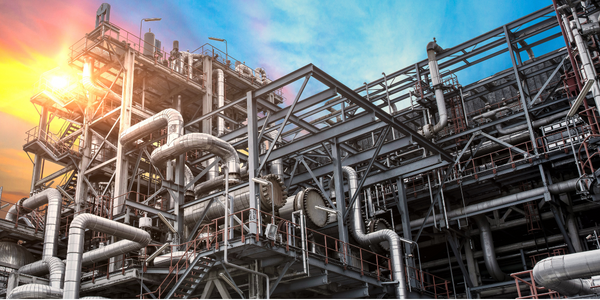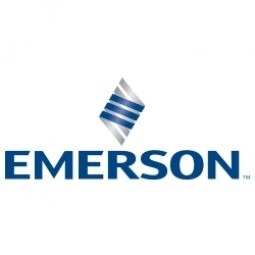
技术
- 传感器 - 压力传感器
适用行业
- 石油和天然气
适用功能
- 流程制造
用例
- 机器状态监测
客户
未公开
关于客户
炼油公司。
挑战
炼油公司需要持续监控炼油厂周围 Z-Purge 接线盒中的压力。这些接线盒保持低正压,以防止工艺气体进入接线盒。这些接线盒广泛分布于整个工厂。以前,这些接线盒由操作员在炼油厂的定期巡视中手动监控。
解决方案
该问题通过使用罗斯蒙特 3051S 无线压力变送器监控 Z-Purge 接线盒得到解决。连续监测每个 Z-Purge 接线盒的适当压力。无线解决方案无需使用现有的备用线容量来监控接线盒。
收集的数据
Pressure
运营影响
数量效益

Case Study missing?
Start adding your own!
Register with your work email and create a new case study profile for your business.
相关案例.

Case Study
Taking Oil and Gas Exploration to the Next Level
DownUnder GeoSolutions (DUG) wanted to increase computing performance by 5 to 10 times to improve seismic processing. The solution must build on current architecture software investments without sacrificing existing software and scale computing without scaling IT infrastructure costs.

Case Study
Remote Wellhead Monitoring
Each wellhead was equipped with various sensors and meters that needed to be monitored and controlled from a central HMI, often miles away from the assets in the field. Redundant solar and wind generators were installed at each wellhead to support the electrical needs of the pumpstations, temperature meters, cameras, and cellular modules. In addition to asset management and remote control capabilities, data logging for remote surveillance and alarm notifications was a key demand from the customer. Terra Ferma’s solution needed to be power efficient, reliable, and capable of supporting high-bandwidth data-feeds. They needed a multi-link cellular connection to a central server that sustained reliable and redundant monitoring and control of flow meters, temperature sensors, power supply, and event-logging; including video and image files. This open-standard network needed to interface with the existing SCADA and proprietary network management software.

Case Study
Refinery Saves Over $700,000 with Smart Wireless
One of the largest petroleum refineries in the world is equipped to refine various types of crude oil and manufacture various grades of fuel from motor gasoline to Aviation Turbine Fuel. Due to wear and tear, eight hydrogen valves in each refinery were leaking, and each cost $1800 per ton of hydrogen vented. The plant also had leakage on nearly 30 flare control hydrocarbon valves. The refinery wanted a continuous, online monitoring system that could catch leaks early, minimize hydrogen and hydrocarbon production losses, and improve safety for maintenance.






